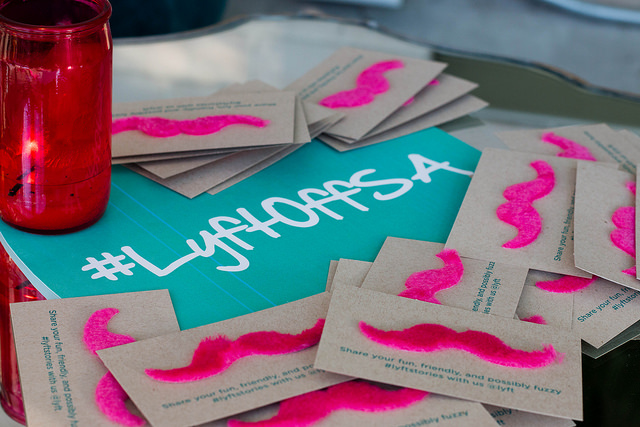A Lyft passenger was killed over the weekend near Sacramento, an incident that underscores inadequacies in California's insurance laws.
As reported in Forbes, the Lyft driver saw a stalled Kia on Interstate 80 and swerved to the right, hitting a tree. One passenger died. The second passenger and the Lyft driver were injured. An incident like this causes one to ponder the arbitrary rules governing life, death and the arbitrary rules governing uninsured and underinsured motorist coverage (UM/UIM) in California.
For example, the news article asserts that “if the death had been caused by a hit-and-run driver, the accident would be covered under Lyft’s $1 million uninsured/underinsured motorist policy.”
Not so.
Lyft does not disclose on
its web site the provisions of its UM/UIM coverage, so let’s assume it tracks California Ins. Code sec. 11580.2 governing UM/UIM coverage. Subsection (b)(1) requires “physical contact” with the UM/UIM vehicle. If the Lyft driver hit a tree rather than the car, there is no physical contact with the UM/UIM vehicle. The nimble driver who avoids the pile-up but comes to grief on a tree receives no UM/UIM coverage. Neither do the passengers. It makes no difference whether a convention of 20 bishops saw the hit-and-run vehicle, or even if the accident were recorded on video.
Many jurisdictions (about half) find this restriction unnecessary, so why should California leave the passengers and driver unprotected?
Assume the hit-and-run driver is discovered and the driver carries $1 million in liability coverage (highly improbable). The pile-up included a number of cars, plus a big rig, and caused numerous injuries. By the time this $1 million is spread around, there may only be leftovers for the occupants of the Lyft car. Because the coverage is inadequate to compensate their injuries, they can, then, call on Lyft’s $1 million UM/UIM coverage, right?.
Not so.
UM/UIM coverage is triggered only when the underinsured party’s limits are “less than the uninsured motorist limits carried on the motor vehicle of the injured person [the Lyft car in this case].” Subsection (p)(2). It makes no difference that the responsible party is grossly underinsured with respect to the damages.
Again, this is a restriction many states (e.g., Arkansas) find unnecessary.
Now assume the responsible driver has a $50,000 limit, and a gravely injured Lyft passenger accepts $49,500 in settlement with the underinsured driver. Now the passenger may look to Lyft’s $1 million UM/UIM policy for compensation, right?.
Not so.
By failing to collect the remaining $500, the passenger has forfeited any claim to the $1 million UM/UIM coverage. Subsection (p)(3) provides that UIM coverage does not apply “until the limits of bodily injury liability policies applicable to all insured motor vehicles causing the injury have been exhausted by payments of judgments or settlement . . . .” Thus, the passenger must go to trial against the intransigent party to collect the remaining $500.
Once again, many states (e.g., Nevada, Idaho) do not follow this restriction.
Once a gravely injured Lyft passenger has collected the $50,000 limit from the responsible party, the passenger may recover any remaining damages up to the $1 million limit of Lyft’s UM/UIM policy, right?
Not so.
California allows the UM/UIM carrier to subtract from its limits any recovery from other parties regardless of the extent of the passenger’s injuries, according to Subsection (p)(4)(A).
Yes, once again, many states (e.g., Nevada, Utah) do not endorse this setoff rule.
California’s UM/UIM rules fall well below best practices in other states. If Arkansas can have better UM/UIM coverage, why not California? California should follow the lead of other states and scrap these arbitrary restrictions.
Even if California's rules were tolerable with respect to private automobile insurance, in commercial settings the public is entitled to more protection (otherwise, why must Lyft carry $1 million bodily injury and $1 million UM/UIM coverage when only $15,000/$30,00 is required for private auto, and UM/UIM is optional?) Changes could be accomplished either by legislation or possibly by the California Public Utilities Commission's specifying the commercial UM/UIM coverage requirements for charter party carriers. After all, if Uber, Lyft and others are to operate in other states, they must purchase UM/UIM policies that do not have these restrictions.


